10 Lactogenic Foods – Foods That Increase Your Milk Supply
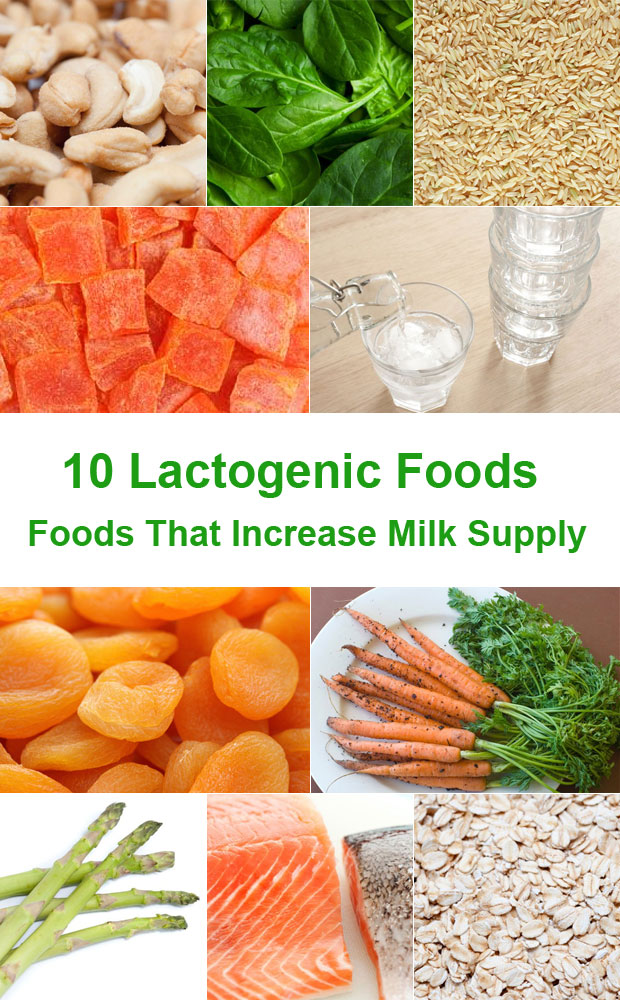
Lactogenic Foods – Foods That Increase Your Milk Supply
Lactogenic foods is the term used for foods that increase your milk supply and are great to eat when you are breastfeeding and want to produce plenty of milk for your baby. I knew of some of these before I started researching the topic further but most are new to me. I’ll be breastfeeding my second baby in a few months’ time and I want to make sure I have as much milk as possible to feed my baby and to be more successful at pumping than last time.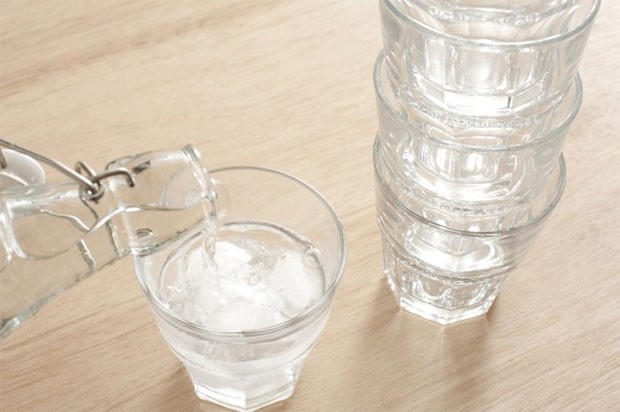
1. Water — Drinking enough water is the best thing you can do for your milk production. It makes sense that if you’re dehydrated, your body will not prioritise making milk. Keeping yourself hydrated is really important for you and your milk supply so always keep some water with you and drink throughout the day, especially when sitting down for a feed. It’s best to drink before you even feel thirsty but don’t overdo it either as this will not improve your supply.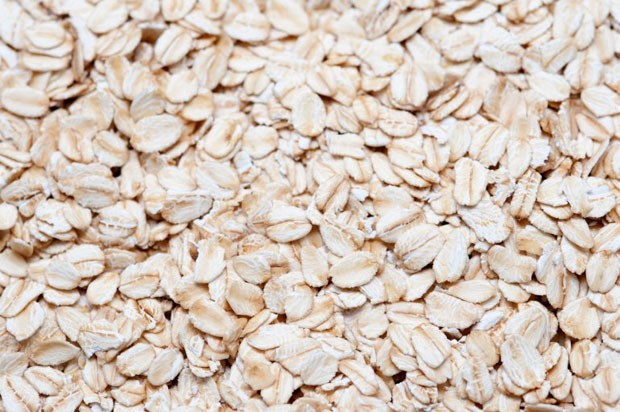
2. Oats — Oats are a known lactogenic food and have been recommended to mums for a long time to increase their milk supply. Oats have lots of great properties and is very good for you in many ways. For example, it can help lower cholesterol and maintain healthy blood pressure levels. Porridge is a very comforting way to start your day and it’s a filling meal too which is great since new mums can often struggle to find the time to eat enough. Other tasty ways of getting oats into your diet include making flapjacks or homemade energy balls. Porridge is probably the healthiest way though and it’s so quick and easy to make at home (with proper oats) and you can add any toppings that you like. It only takes a couple of minutes. My favourite topping is golden syrup and banana.
3. Spinach — When you’re breastfeeding you need more calories than usual and you also need more of some vitamins and minerals to make sure the supply is enough for both you and your baby. Spinach and other leafy greens contain lots of goodness including calcium, iron, Vitamin K, A, phytoestrogens and folic acid which is particularly important. Phytoestrogens are plant-based chemicals similar to oestrogen and are believed to promote healthy breast tissue and lactation. Before my baby arrives I plan to fill the freezer with healthy and tasty meals and I’ll definitely include Swedish spinach soup to my list of meals after learning this. 
4. Carrots — Carrots and vegetables like sweet potatoes, yams and beets are high in beta-carotene and Vitamin A which breastfeeding mothers have an increased need for. Carrot juice is recommended to breastfeeding mums as it’s a quick and easy way to provide extra energy and a boost of these nutrients. I’ll buy some carrot juice to keep at home for a quick and easy milk supply boost and will also make some carrot and lentil soup for the freezer. Carrots are easy to eat with pretty much anything — cooked or raw — and can be added to stews and pasta sauces, too. You don’t have to peel them if you don’t want to — just give them a good scrub and check that the carrots have not gone bad if you’ve had them in the fridge for a while.

5. Legumes — Beans, lentils, chickpeas and other legumes are brilliant lactogenic foods and are really healthy and good for you too. They’re full of protein, fibre an nutrients and there are so many tasty ways to eat them. I love making vegetarian chilli with lots of different beans, lentil dahl, carrot and lentil soup or just adding whatever legumes I have at home to stews, sauces or salads. Chickpeas are really tasty especially and go well as a side dish to lasagna. You can also roast them with spices or enjoy them as a yummy hummus dip. I can never quite get hummus right at home — I never get the tahini balance right — so I buy mine from the supermarket and enjoy with vegetable sticks or on crackers. You can buy dried legumes and soak and cook them yourself at home but I find it very convenient to use tins for quick meals. I buy dried lentils though as they cook really quickly.
6. Brown Rice — Brown rice is another whole-grain that is known to boost your milk supply. The unprocessed, complex carbohydrate provides long-lasting energy and can also help milk production as it may cause an increase in serotonin levels in the brain. Serotonin helps regulate your moods, appetite and sleep and also stimulates prolactin secretion which is one of the key hormones involved in lactation. I love brown rice and think it’s tastier than white rice in/with everything except sushi. We eat brown rice with chilli, lentil dahl or as a risotto.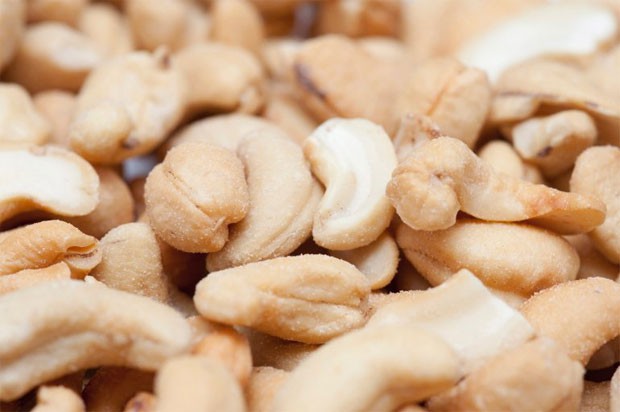
7. Nuts and Other Healthy Fats — Raw nuts like almonds, cashews and macadamia nuts can support milk supply. They contain lots of nutrients, energy, fibre and healthy fats. Other fat sources like butter, coconut oil, avocado, cold-pressed virgin olive oil, sesame oil and flax seed oil are also healthy, nutrient rich fats that can help boost your milk supply. You should avoid bad fats like partially hydrogenated vegetable oils and trans-fats as these will also be passed on to your breastmilk.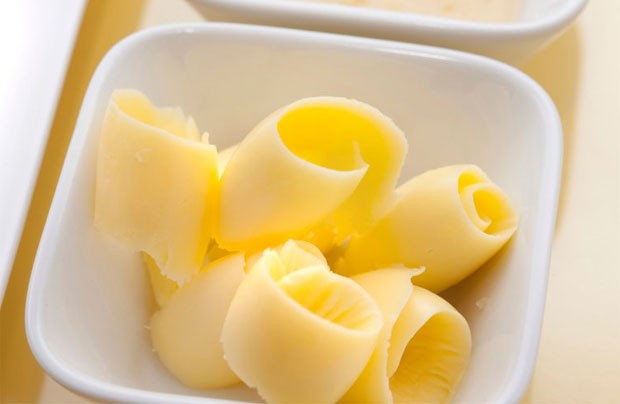
8. Apricots — Apricots, especially dried ones, are recommended as a natural milk supply booster as they contain phytoestrogens which help balance out the hormones involved in lactation. They are also very tasty, full of energy and high in fiber, Vitamin A, C, potassium and calcium. They also contain tryptophan, which naturally boosts prolactin levels. Other dried fruit can also help boost milk production — for example dates and figs. I love dried apricots and can eat them like they are or added to yogurt or porridge. Something that’s also really yummy is adding a small amount of peanut butter and a cube of cheddar cheese to each apricot for a more filling snack.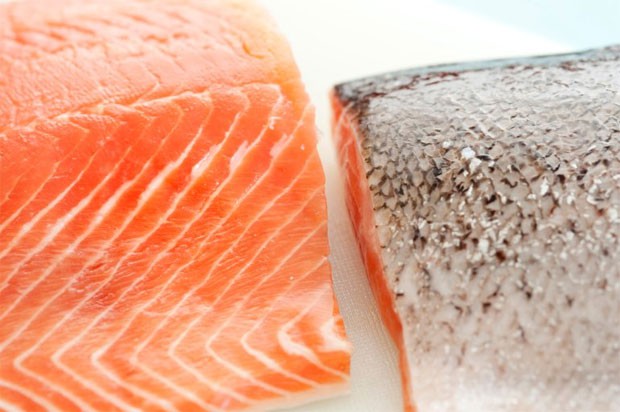
9. Salmon — Salmon is a brilliant source of essential fatty acids and Omega 3 that are both thought to boost your milk supply. These nutrients are important parts of a healthy diet and ensure the lactating mother produces all the necessary hormones for milk production. Essential fatty acids are also a key component of breast milk and if the mother eats plenty of it, her milk will be more nutritious and richer in fats. I’m a vegetarian so I don’t eat fish but I do take a vegetarian Omega 3, 6, 9 supplement and will keep taking this whilst breastfeeding and afterwards too. I’ll also add flax seeds or flax seed oil to my diet for an extra boost.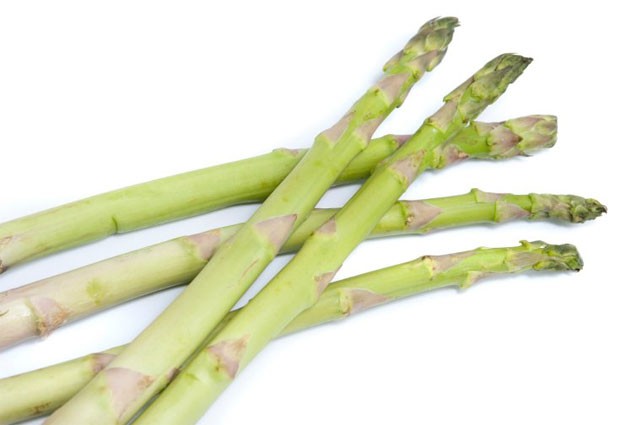
10. Asparagus — This delicious vegetable is high in fibre, folic acid, Vitamins A, C, and K and great for breastfeeding mothers. Asparagus contains phytoestrogens which can help maintain a healthy milk supply as well as tryptophan which can stimulate prolactin production which subsequently improves your milk supply. One of my favourite ways of eating asparagus is just lightly cooked in the oven with a drizzle of butter and a bit of salt. Simple and very tasty! You can also use it in soups.
Bonus: Papaya — Papaya, especially green papaya, is used as a lactation boosting food in Asia but its lactogenic properties have not been studied. The enzymes and phytochemicals in papaya may enhance breast tissue and as improve lactation and papaya is also known to be a natural sedative. This property can help you relax and maybe help with the milk let-down process. The high water content of fresh papaya is great for staying hydrated and it’s a colourful fruit full of healthy vitamins and fibre. It can be difficult to find ripe fresh papaya here in the UK but dried papaya is readily available from health food shops and makes a nice snack just as it is or can be added to yogurt, porridge or homemade cereal bars to increase your milk supply.
This post contains sponsored links.




